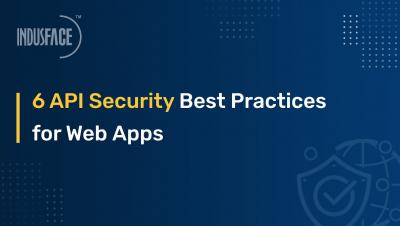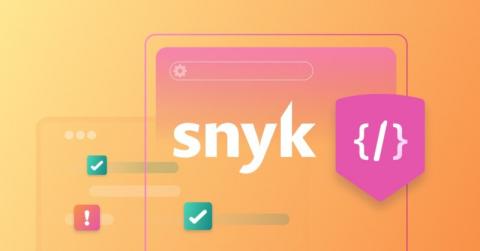How and why you should secure APIs
APIs are a crucial tool in today’s business environment. Allowing applications to interact and exchange data and services means that companies can provide an ever-greater range of features and functionalities to their clients quickly and easily. So, it is no wonder that a quarter of businesses report that APIs account for at least 10% of their total revenue - a number that will only increase in coming years.











